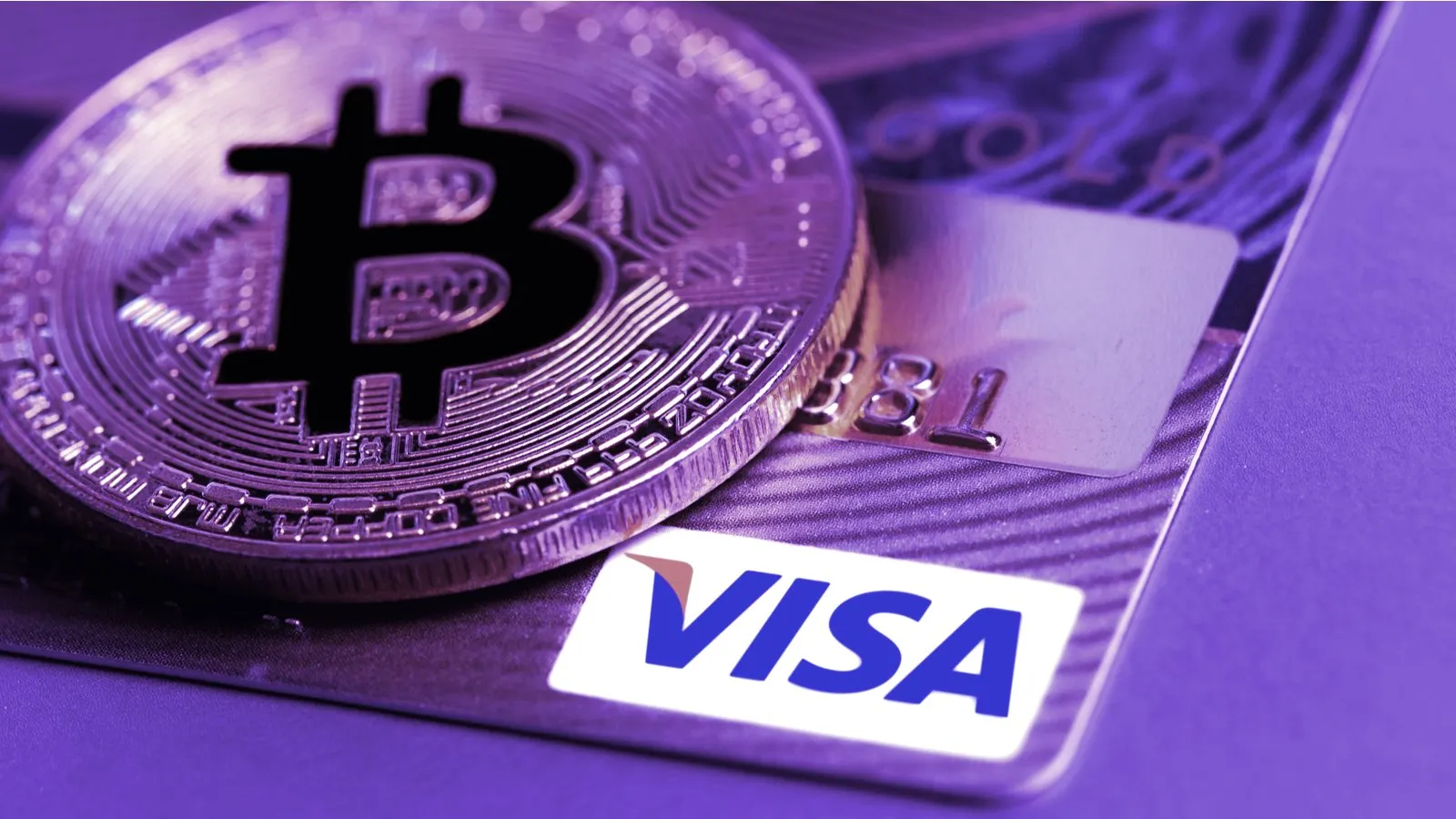In a pivotal moment for the cryptocurrency industry, stablecoins have overtaken Visa in annual transaction volume as of April 2025, marking a profound shift in global payments. Recent data shows stablecoins processed $12.3 trillion in transactions over the past year, surpassing Visa’s $11.8 trillion. This milestone reflects the growing adoption of digital currencies and their potential to disrupt traditional payment giants like Visa and Mastercard. This article delves into the implications for the crypto market, payment systems, and the world economy.
Stablecoins’ Surge Over Visa

Stablecoins, cryptocurrencies tied to stable assets like the U.S. dollar, have experienced explosive growth. In 2024, their transaction volume soared by 85%, driven by their use in cross-border payments, DeFi platforms, and daily transactions. Tether’s USDT and Circle’s USDC lead the sector, controlling over 90% of the stablecoin market. USDT handled $8.5 trillion in transactions, while USDC accounted for $2.9 trillion, pushing the total stablecoin market cap to $226 billion by April 2025, a 28% rise from the previous year.
Visa, a cornerstone of the payments industry, processes 24,000 transactions per second (TPS). However, stablecoins have leveraged blockchain technology to compete. Innovations like the Lightning Network for Bitcoin and the Raiden Network for Ethereum enable stablecoins to execute transactions in milliseconds, with some networks capable of millions of TPS, far outstripping Visa’s capacity. This scalability has allowed stablecoins to meet the demands of a rapidly digitizing economy.
Why Stablecoins Are Leading
Several factors explain stablecoins’ edge over Visa. First, their low fees make them a cost-effective option for cross-border payments, where Visa typically charges 2-3% per transaction. Operating on blockchains like Ethereum, Solana, and Polygon, stablecoins keep fees below 1%, saving billions for users. For instance, transferring $10,000 via USDC on Solana costs less than $0.10, compared to $200-$300 through Visa’s international network.
Second, stablecoins offer unmatched accessibility. Unlike Visa, which requires a bank account or credit line, stablecoins need only a smartphone and internet, making them vital for the unbanked in regions like Latin America and Africa, where adoption is surging. Companies like Bridge, which raised $58 million to support stablecoin remittances, are partnering with platforms like Bitso to serve millions in emerging markets, further driving transaction volumes.
Third, stablecoins are integral to DeFi ecosystems, powering lending, borrowing, and trading on platforms like Aave and Uniswap. With $300 billion in total value locked (TVL) across DeFi protocols by April 2025, this activity fuels stablecoin usage, creating a cycle that amplifies transaction growth and strengthens their role in decentralized finance.
Looking Ahead for Payments

The rise of stablecoins over Visa points to a transformative future. Analysts predict stablecoins could capture 30% of digital payments by 2030, up from 12% today. Traditional players are responding—Visa has collaborated with Circle to integrate USDC into its system, and World Network is reportedly exploring stablecoin payments with Visa using Worldcoin’s biometric verification.
Challenges persist, however. Regulators like the SEC and ESMA warn that stablecoins could pose systemic risks, particularly over USDT’s reserve transparency. Unlike Visa, which offers strong fraud protections, stablecoins face hurdles in ensuring user security, impacting trust.
Conclusion
Stablecoins surpassing Visa in 2025 is a landmark for digital payments, highlighting blockchain’s disruptive potential. As they grow in DeFi and remittances, stablecoins are redefining global transactions. Regulatory and trust issues remain, but the crypto market celebrates a historic win.








